FM players walk the tightrope between ad caps and ad rate hikes
Recently Radio Mirchi, owned by Entertainment Network India Ltd (ENIL), announced that it is capping commercial time on its stations at 14 minutes per hour to counter ad fatigue, while simultaneously increasing its ad rates by 5 per cent in the markets where it has been present for long. Many of the leading FM players, too, have announced hike in their ad rates, however it remains to be seen if they too will cap the commercial time on their stations.
Radio remains a strong growth medium for advertisers, with the FICCI-KPMG Media and Entertainment Industry Report 2017 pegging the growth for radio at 16.1 per cent CAGR and stating that it will be the fastest growing among the traditional mediums.
However, long ad breaks have brought about a fatigue factor in listeners, and now, in order to expand their listenership base and increase revenues, FM radio players are revisiting their advertising volumes and ad rates.
Need for ad caps
Apart from capping its ad volumes to 14 minutes in the lean season this year, Radio Mirchi will be extending its ad volumes to 18 minutes during the Diwali season, whereas the ad volumes on some FM radio players during the Diwali season go up to even 30-40 minutes. While underlining the fact that cutting down the ad volume would aid both listeners and advertisers, Prashant Panday, MD & CEO, ENIL-Radio Mirchi, said, “The biggest complaint for listeners have been long ad breaks on all radio stations, so much so that they are considering moving out of the medium itself. Nowhere in the world have youngsters considered moving away from FM radio, but it is happening slowly in India.”
With an average ad break lasting up to 25 minutes per hour, the medium will die, Panday cautioned. While Radio Mirchi gives their clients a certificate of guarantee about the ad volume, the station is sacrificing 25-35 per cent volume in this exercise. Radio Mirchi plans to further reduce the inventory to 12 minutes in lean seasons and 15 minutes during Diwali and the year after that to 10 minutes in lean season and 12 minutes during Diwali.
Though Radio Mirchi will incur loss following this move, Panday said that the station is ready for it. He further added, “Clients should ask radio stations how much minutes of ad volumes are they playing before giving them ROs. All we are asking clients to do is give us 20 per cent higher price, with 25 per cent lower volume. They will only save money, yet get more effective campaigns.”
When asked about whether cutting down ad volumes would work for other radio players, Nisha Narayanan, COO, Red FM, opined that it does work for everyone in the industry. At the same time she added that without increasing the effective rate, such a move would hamper the revenues.
Speaking about My FM’s stance in this regard, CEO Harrish M Bhatia maintained that My FM has always been disciplined in maintaining its ad to content ratio.
Sustainability in the long run
While lauding other radio players who have joined in to support the move by cutting down their ad volumes, while increasing ad rates, Radio Mirchi’s Panday affirmed that the move is definitely sustainable, but needs the support of all stakeholders, radio players, advertisers and agencies. “The current research RAM doesn’t even pick up 40 minutes of advertising and it would appear that listeners actually love ads,” he noted.
According to Bhatia, before looking at the move’s sustainability, the industry needs to come together to create a measurement system so that price increase can be done taking into account the brand status in each market and the industry needs to create a body to self regulate.
While a large part of the sustainability depends on the market conditions in each city, Nisha Narayanan believes that it is important to strike a balance between the effective rate and the air inventory as both are directly proportional to each other.
Impact on small & local advertisers
While stressing that every advertiser will gain by reduced ad volumes as their campaign spends will remain same but their ads will become more effective, Panday pointed out, “In many markets, small retail advertisers actually pay more than national advertisers and so the advertisers will have to absorb a smaller price increase. In other markets where they pay less, the retail advertisers will need to face a higher price increase.”
Identifying that in smaller stations the skew is more towards retail clients vis-a-vis corporate clients, Nisha Narayanan noted the ad rates also depend on other local media vehicles available. “It is purely a market driven call to cap the inventory as in some cities, the regional TV rates or local newspaper rates are a competition,” she added.
Backing the local retailers and advertisers in smaller pockets of the country, My FM’s Bhatia emphasised that since radio is a retailer medium, national radio players should focus on the retailers in Tier 2 and 3 markets and also because advertisers today have realised the power of the medium and are willing to pay the right price for the right product.
Revenue implications
Meanwhile, Radio Mirchi, which has already cut down its ad volumes, will be the first station to be hit with a slower revenue growth this year. The station, however, plans to recover the loss via its new stations acquired in Phase 3 and their non-radio businesses (Activations, multi-media, TV properties, digital, international, etc.). While Panday is aware that it is a tough challenge, he is confident that Radio Mirchi’s advertisers and agencies will see merit in what they are doing.
Bhatia, too, does not believe that such a move will have any negative revenue implications as advertisers have realised the power of radio and are willing to pay the right price for the product.
On a concluding note, Nisha Narayanan affirmed that unless there is a gradual increase in the effective rate, cutting down ad volumes would lead to a negative revenue implication. “Radio is realising more and more that the realm of the business have to be expanded beyond FCT (Free Commercial Time) and the NTR (Non Traditional Revenue) vertical is as important with digital and on-ground business becoming big contributors to the company’s toplines.”





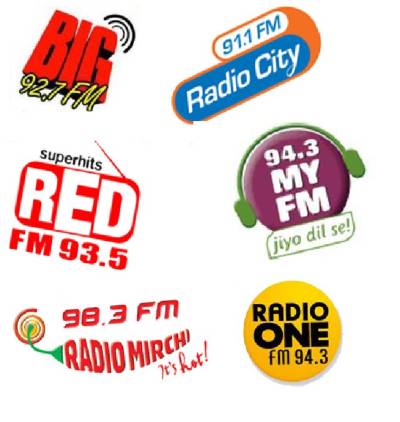
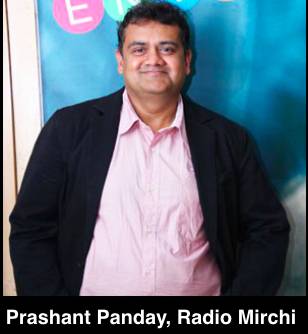
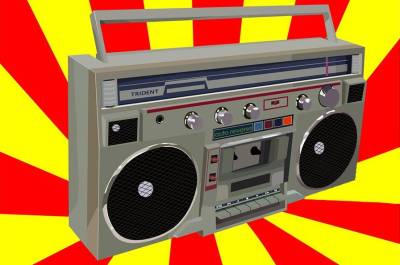
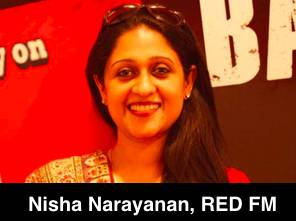
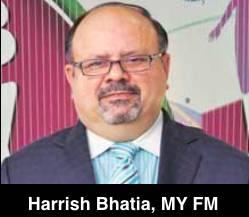





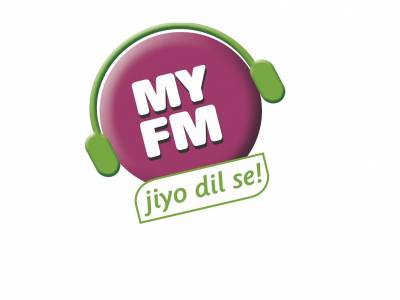
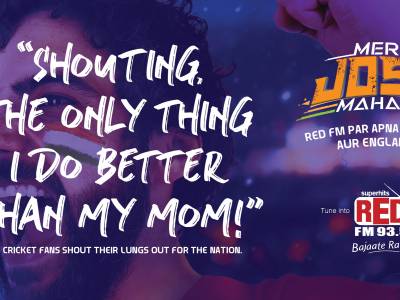
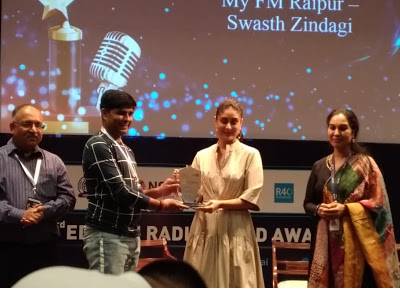

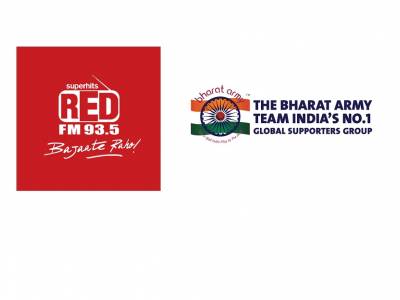
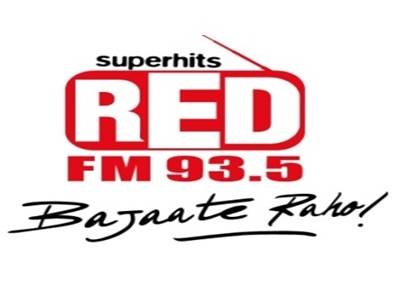




Share
Facebook
YouTube
Tweet
Twitter
LinkedIn